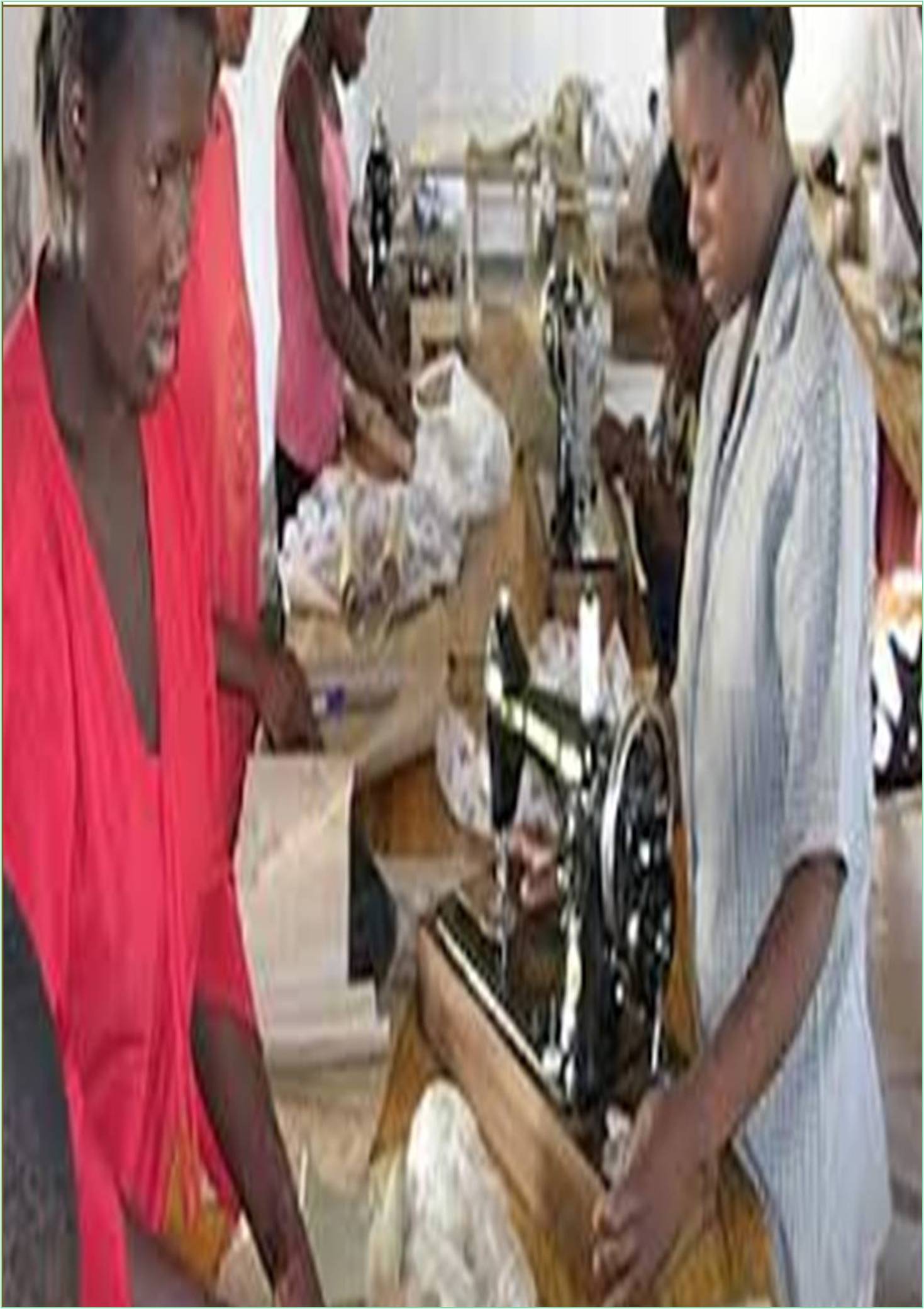



Received: 18-Jul-2022, Manuscript No. GJVTE -22-72067; Editor assigned: 21-Jul-2022, Pre QC No. GJVTE-22-72067 (PQ); Reviewed: 04-Aug-2022, QC No. GJVTE -22-72067; Revised: 11-Aug-2022, Manuscript No. GJVTE-22-72067 (R); Published: 18-Aug-2022, DOI: 10.15651/2437-1890.22.10.006
The foundation for obtaining life skills and growing or improving technical abilities is laid out by a basic education, which is essential for success in all forms of employment. Community-Based Rehabilitation (CBR) programs should priorities access to formal and nonformal educational opportunities in order to help people with disabilities prepare for and engage in a livelihood effectively. By setting up apprenticeships and on-the-job training opportunities, CBR programs can also ease the transition from education to employment.
Secondary schools occasionally offer career counseling, occupational assessment and courses in vocational education. Students with disabilities must to be given the chance to enroll in these vocational courses and gain access to career counseling services. They ought to be given the chance to gain from youth transition programs from school to work. Such opportunities should be investigated by CBR programs at nearby secondary schools and participation of students and young people with disabilities should be facilitated.
In its CBR programed, the Malawi Council for the Handicapped (MACOHA) launched a system of vocational skill training. Youth and adults with disabilities were located in designated rural communities their career interests were ascertained and master trainers in the area were contacted and persuaded to accept one or more apprentices with disabilities for a one to two year period. The CBR programed gave each master trainer resources to utilize for both training and manufacturing as a reward. Participants in the programed included bakers, tailors, tinsmiths, carpenters, metalworkers, bicycle mechanics and women who worked in knitting and tiedye.
Selected master trainers were invited to participate in training sessions provided by a vocational rehabilitation facility run by MACOHA in order to improve their own skills. After completing their apprenticeships, some of the students launched their own businesses, while others were hired by their instructors.
Help People to Build their Business Skills
For many people with disabilities, self-employment in a small business operating in the informal sector may be a feasible choice for generating income. If someone selects this way, it is crucial that they have the necessary business training.
Most nations have programs for small-business development training that are frequently connected to microfinance initiatives. CBR programmes must find local training opportunities and educate individuals in charge of them about the possibilities of entrepreneurs with disabilities. They can create strategies for how people with various disabilities can engage in programmes with the help of programme managers and trainers. CBR programmes can assist in removing any barriers that might prevent people with disabilities from participating by offering necessary support.
Encourage Training in Conventional Institutions
People with disabilities learn skills more successfully when they train with peers who are not disabled in an inclusive environment. A broader variety of skill training options, access to more modern technology and equipment, formal certification upon programme completion, career counseling and job placement aid are typically offered by training in traditional vocational training institutes. There are numerous local government, non-governmental, community-operated and private vocational training centers in rural areas that offer courses that offer beneficial training in technical and fundamental life skills. Formal vocational training centers are frequently located in towns and cities and are tailored to the skills needs of larger urban enterprises.
People with disabilities typically encounter difficulties while enrolling in such mainstream training institutions, hence CBR programmes should increase access to mainstream training possibilities in vocational training centers for them. Inaccessible buildings and classrooms, high tuition fees and training costs, a lack of adaptive aids and equipment, a lack of a policy that supports the training of people with disabilities and a lack of awareness, confidence and experience among mainstream trainers in instructing trainees with disabilities are some of the barriers.
Promoting Saving and Earning
Participants in the Community-Based Vocational Rehabilitation programme (CBVR) in Nigeria included federal and state government representatives, representatives of various disabled people's organizations, relatives of people with disabilities, community elders and representatives of development non-governmental organizations. Sensitization campaigns were conducted in the target neighborhoods to persuade individuals with disabilities to sign up for training in particular skills. Their qualifications, career interests and amount of family support were evaluated during the screening process. Selected participants were registered at neighborhood career centers. The Program provided the participants with a training allowance while they were in training. Carpentry, shoemaking and repairing, poultry keeping, tie-dye textile production and food preparation were among the six to twelve-month courses offered.
The CBVR Committee helped beneficiaries register savings accounts as a means of encouraging them to set aside some of their allowance for savings. Most of the trainees used their money after graduation to buy supplies for their income-generating hobbies. Over 200 trainees received training during the program's first ten years of existence and several graduates worked as programme trainers.